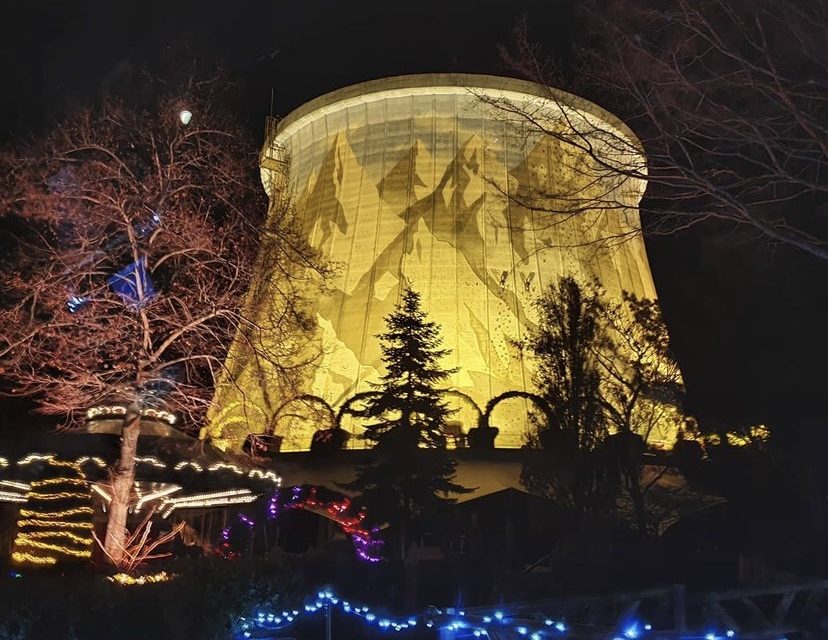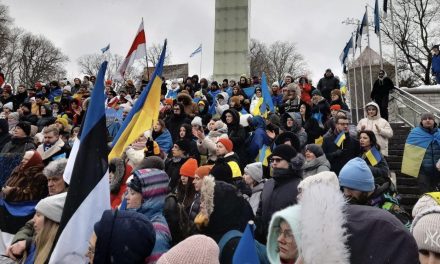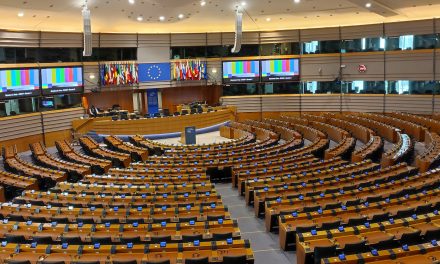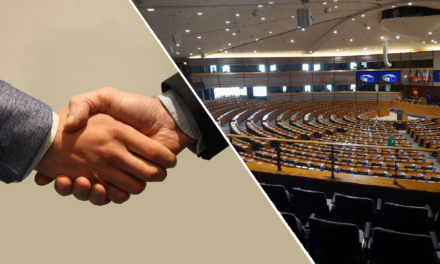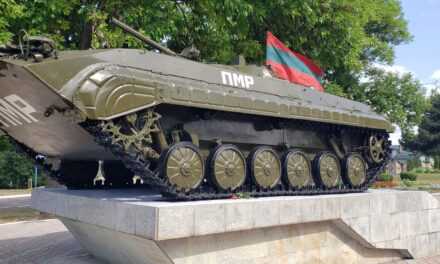Nuclear power plants, once the forefront of energy production, have faced increasing scrutiny and public discontent in recent years. The call for sustainable and safe energy solutions has led a global exploration of repurposing these facilities, turning challenges into opportunities.
Statista’s study on nuclear power in Europe reveals a snapshot of the operational nuclear reactors as of August 2023. With a number of over 250 reactors across European countries, with only 167 of these actively working, the landscape presents both challenges and opportunities for transitioning away from traditional nuclear power. The need for diversified energy portfolios and sustainable practices has fueled discussions around the repurposing of aging nuclear facilities. According to a recent Reuters report, approximately 200 commercial, experimental, or research nuclear facilities worldwide have been retired from operation. As these plants reach the end of their operational life, decommissioning becomes a critical aspect. The decommissioning process involves safely shutting down the reactor, dismantling infrastructure, and managing radioactive waste. Repurposing, however, offers an alternative path that transforms these sites into something beneficial for society.
One intriguing case study that sheds light on the potential future of nuclear facilities is the transformation of SNR-300, a plant built in the 1970s and 1980s. Rather than falling to disuse, this facility underwent a remarkable metamorphosis in the 2000s, evolving into an amusement park now known as Wunderland Kalkar. The conversion of this nuclear site into a recreational space serves as a potential model for addressing contemporary worries related to nuclear energy, particularly the management of non-disposable remnants. Tobias Meurer, expert and chief of sustainability, emphasized, “there is more demand for greener energy and renewable energy sources. The government has to design policies in a socially just way. It’s very important for the people. Although they support the transformation, they are afraid that it might harm their socio-economic standing.”
The World Nuclear Association highlights the challenges and complexities associated with decommissioning nuclear facilities: “The process requires precise planning, adherence to safety standards, and effective management of nuclear waste”. Despite these challenges, the repurposing of nuclear sites presents a unique opportunity to contribute positively to the local community and the environment. Lessons can be learned from Wunderland Kalkar, who focuses on energy efficiency in its operations. Implementing and showcasing energy-efficient practices can be translated into broader policies for nuclear energy by encouraging the adoption of efficient technologies and practices in nuclear power plants. The amusement park has integrated renewable energy sources such as solar or wind power, to supplement its energy needs. Broad policies in Europe can promote the integration of renewable energy alongside nuclear power to create a more sustainable and diversified energy portfolio. Continuous monitoring of safety measures ensures that the long-term safety implications are addressed effectively.
A Clean Energy Wire report highlights how public dissatisfaction risks slowing Germany’s climate efforts. Repurposing nuclear power plants could offer a middle ground, addressing environmental concerns and contributing to a more acceptable energy transition strategy. In the broader context of nuclear energy challenges and the varied opinions surrounding its role in the energy transition, Wunderland Kalkar’s success story provides valuable insights. Before its conversion, the nuclear plant faced challenges, including public resistance to nuclear energy, economic viability concerns, and decommissioning costs. However, after its transformation into an amusement park, Wunderland Kalkar became a successful and profitable venue. “The conversion brought about positive economic impacts such as increased tourism, job creation, and revenue generation. The park not only attracted visitors but also created jobs and contributed significantly to the local economy.” Says Simone van den Tillart, projectmanager and marketing director of Wunderland Kalkar. The successful transformation demonstrated that repurposing nuclear facilities can lead to economically viable and sustainable outcomes.
Repurposing nuclear power plants emerges as a multifaceted challenge that requires strategic planning, community engagement, and a commitment to safety. As countries across Europe and beyond struggle with the complexities of energy transition, repurposing presents an avenue to transform decommissioned nuclear sites into assets that serve the greater good. By integrating sustainable energy solutions and addressing public concerns, repurposing nuclear power plants could play a crucial role in shaping a cleaner and more resilient energy future.
The success of Wunderland Kalkar highlights the importance of diversifying the energy portfolio. European countries can explore a mix of renewable energy sources, nuclear energy, and other technologies to create a resilient and economically sustainable energy sector. Incorporating environmental considerations and sustainability measures into the planning and execution of nuclear projects can enhance their overall economic viability and acceptance. By applying these lessons, European countries can navigate the economic challenges of exploring nuclear power more effectively, promoting sustainable and economically viable solutions within the region.
